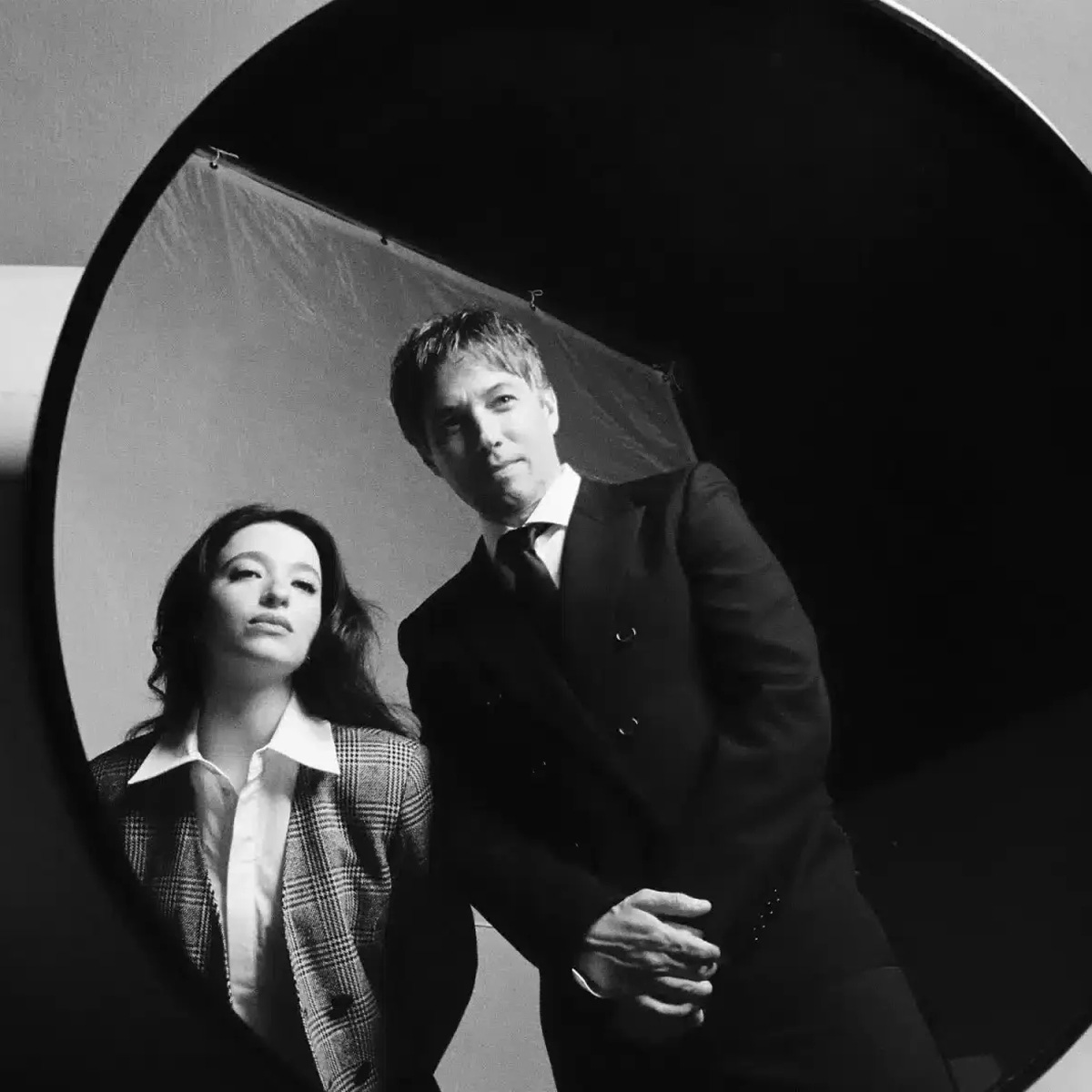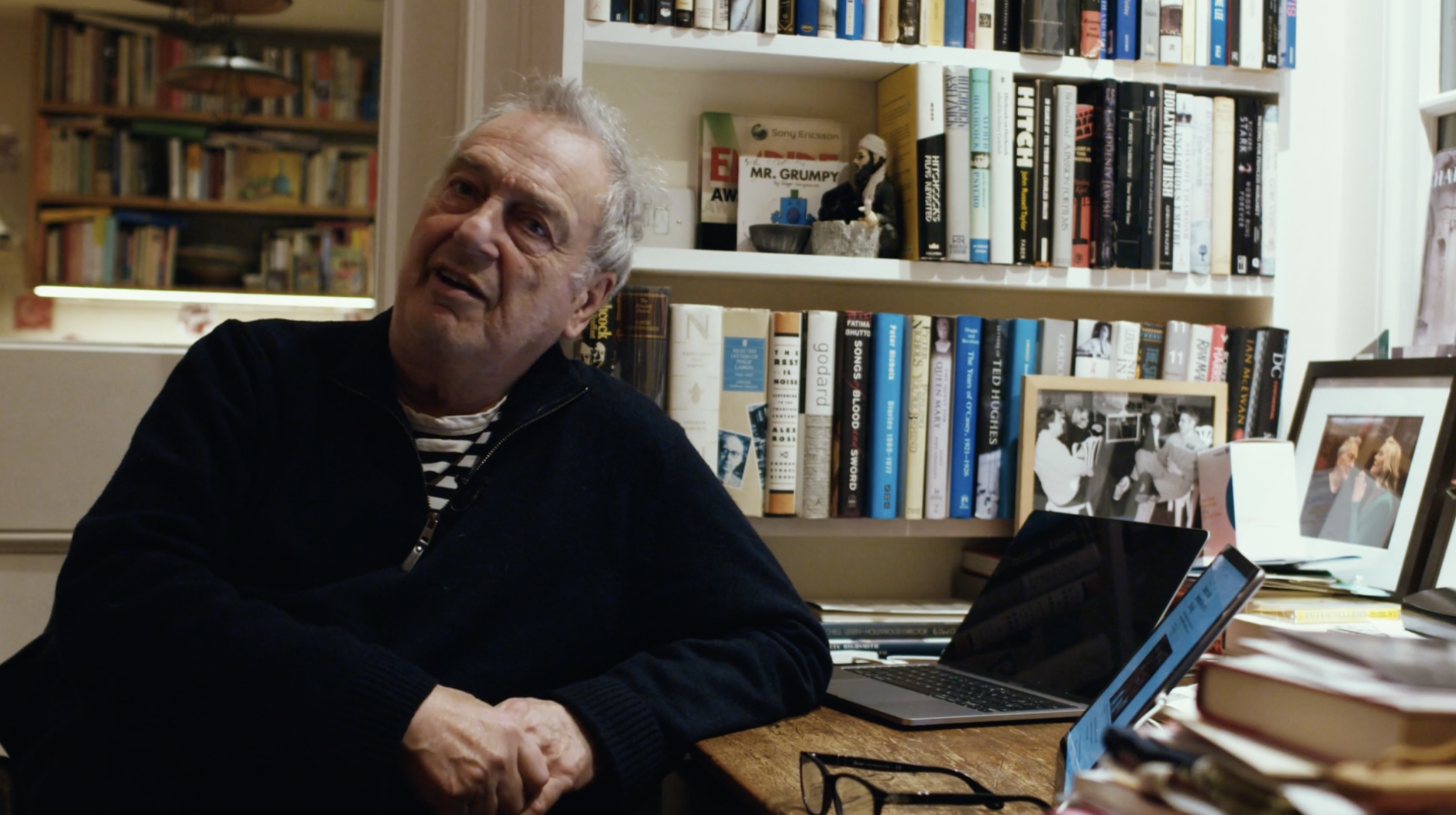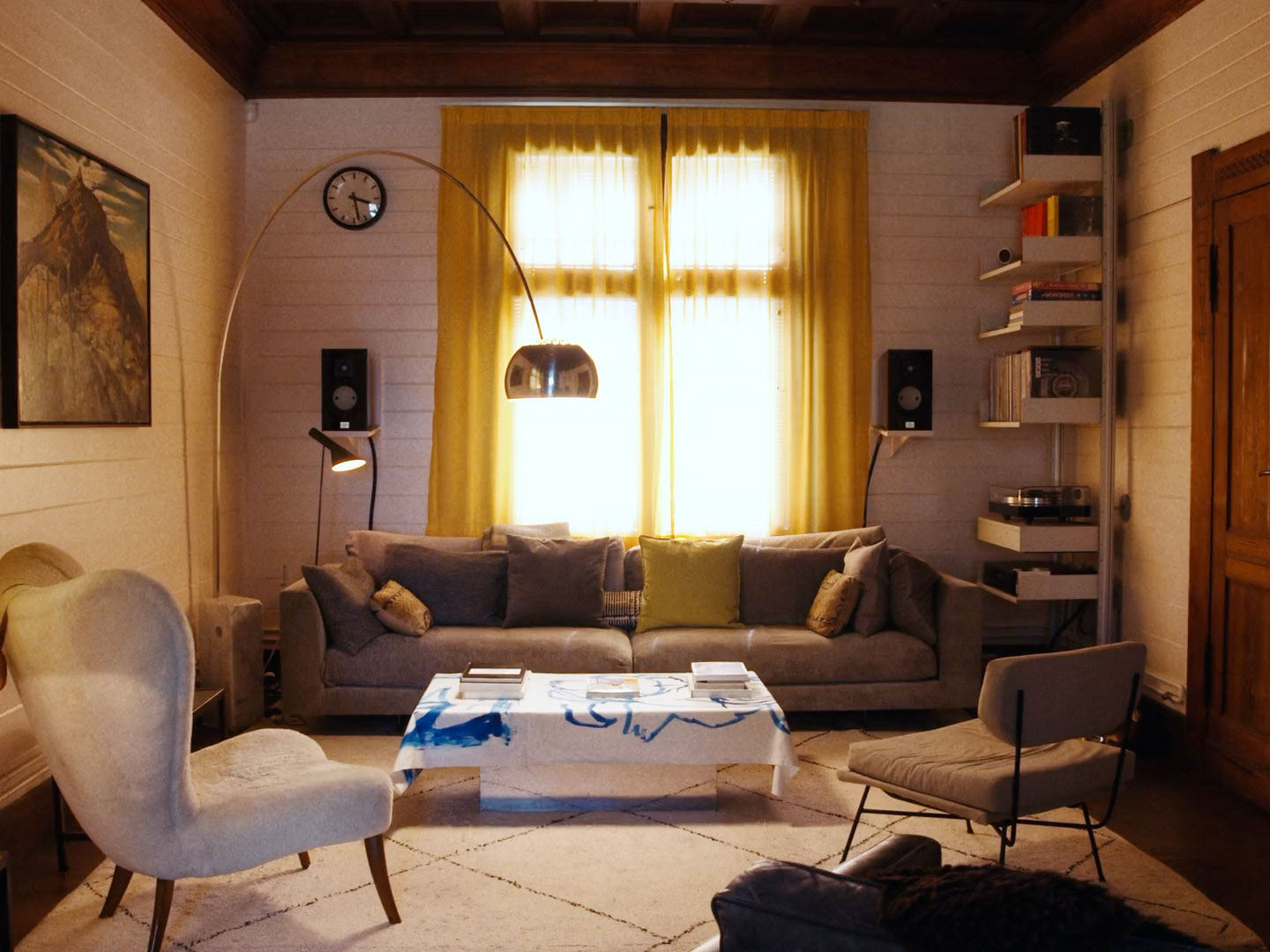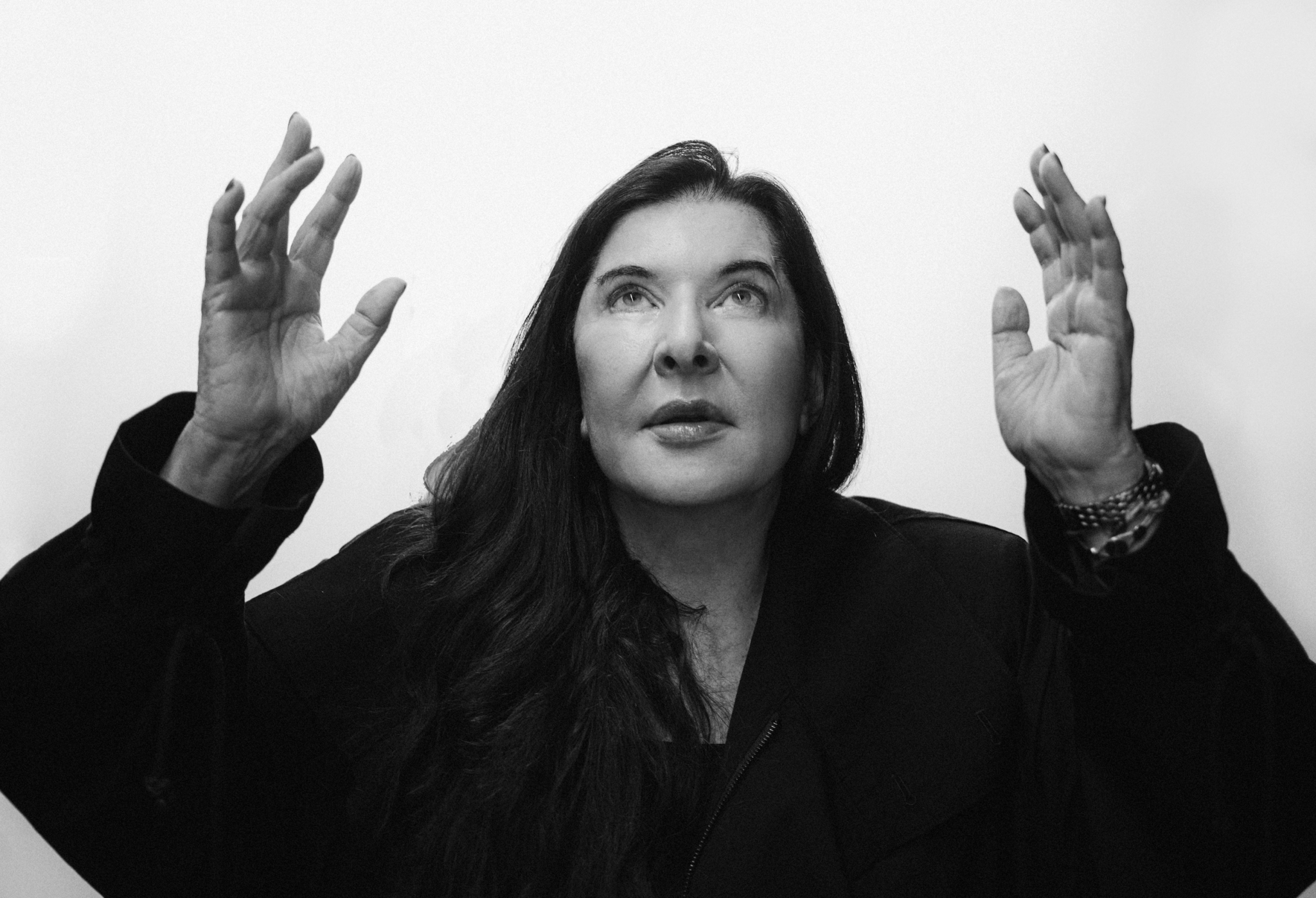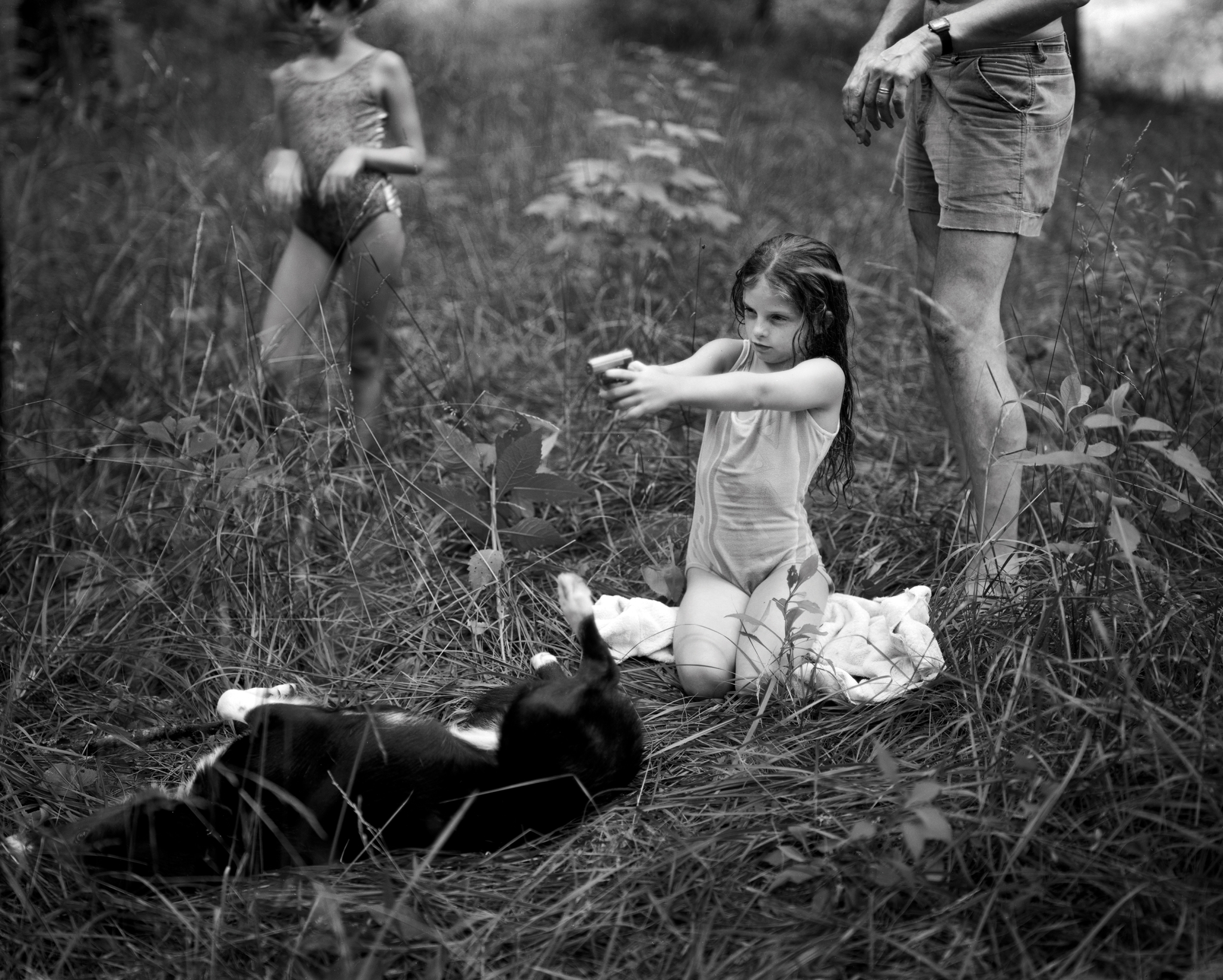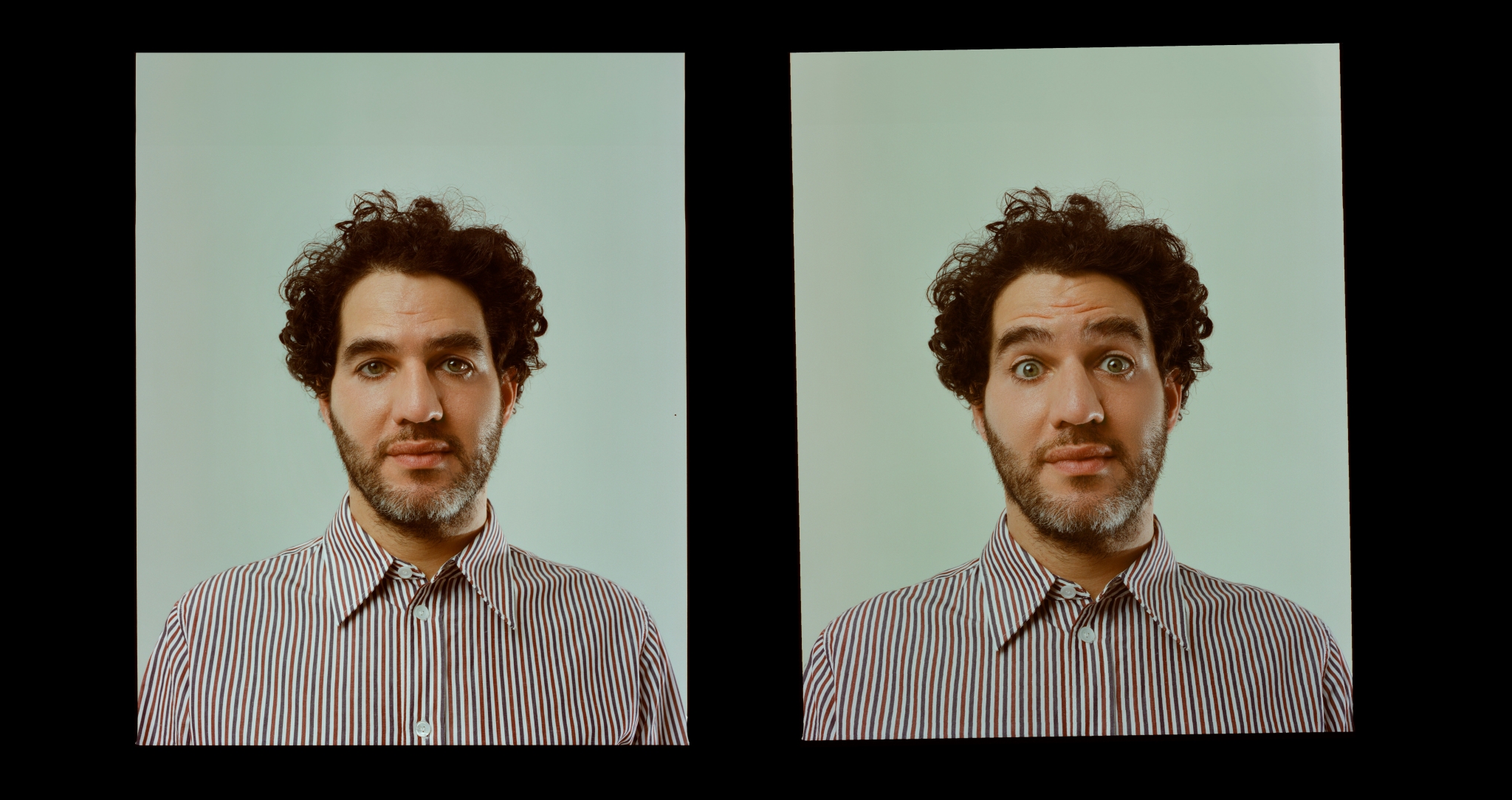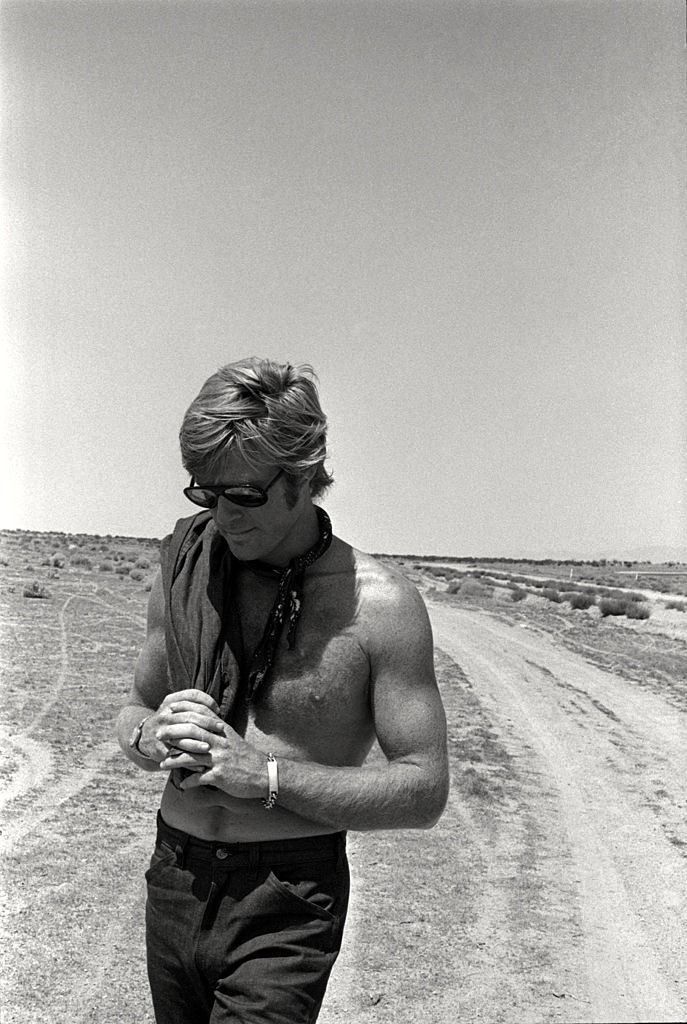
Director Annemarie Jacir details the life of Palestinians under British rule during the 1930s – in solidarity with Arabs under occupation across the region – and the crucial role of women in the fight for liberation and resistance.
“12 months and 75 years” reads the Instagram post I scroll across a year into Israel’s war on Gaza. I read it again and again: this has become a common phrase during the eventual two-year siege—which should have ended after the ceasefire on 10 October, 2025 (yet the killing has continued)—plastered over social media infographics and comments. “This didn’t start on October 7th” read more comments. It’s a reference to Israel’s 76-year-long occupation of Palestine since Britain’s and France’s creation of the state of Israel and the Nakba (Arabic for ‘catastrophe’) in 1948. However, after watching Annemarie Jacir’s Palestine 36, we find that this is in fact a much older story.
Jacir’s film, Palestine’s Official Submission to the 98th Academy Awards and her fourth film to be selected as Palestine’s Oscar entry, chronicles life in British Mandate Palestine, at a time when Britain was still heavily colonially involved across the region. It focuses on the story of the Arab Revolt which began in 1936 by farmers in the countryside, and lasted until 1939. The revolt spread over Palestine as a nationwide protest against British rule and settler colonialism.
The director, a veteran of Palestinian cinema, began the film by collecting oral histories from Palestinians, including her own family’s archives—her father was born in 1936—and her friend’s mother was born in the farming village within which much of the film is set. “I was researching the uprising and reading accounts of some of the [British] soldiers involved in the event,” Jacir tells me over a video call, just as she returns from the 38th Tokyo International Film Festival, where the film won its highest prize. “And then I thought that it’s interesting that Palestinians don’t really talk about this. There’s a lot of trauma. They talk about the revolt and the strike as the positive side, but they don’t talk about the violence that was involved, and that kind of surprised me.”
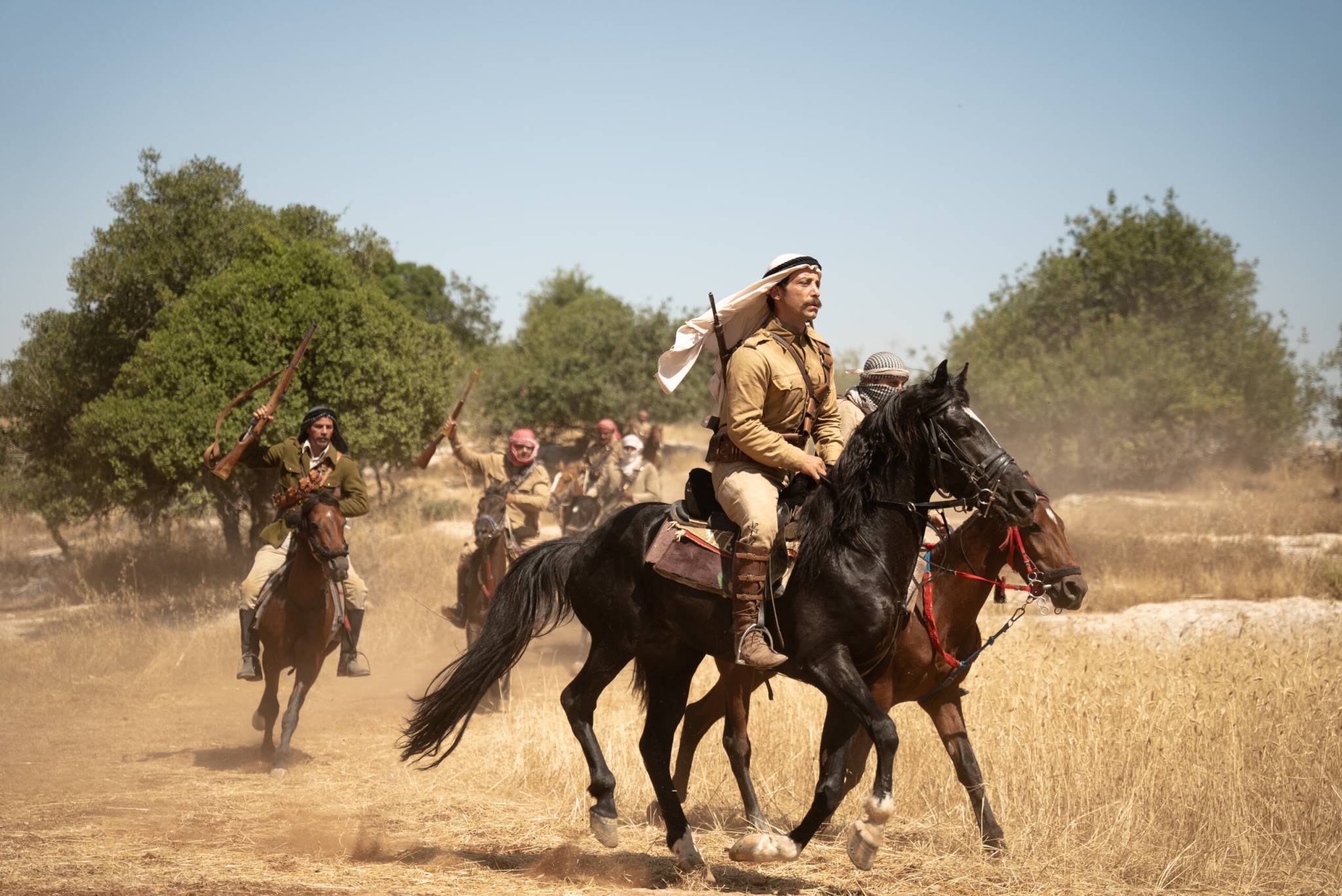
The film traces the lives of just shy of a dozen central characters, painting a sweeping picture of the intersection of lives in Palestine and the strike’s reverberations across the country, and the wider region. The cast includes heavyweights such as Jeremy Irons, who depicts British High Commissioner Wauchope, and Palestinian stars Hiam Abbas, cast as Hanan, the strong matriarch and farmer, and Saleh Bakri, who plays the resistance fighter, Khalid.
The film is—surprisingly—shot in Palestine, as well as across Jordan. Surprising because the October 7th attacks and Israel’s subsequent crackdown on Palestinians in Israel and the West Bank, Palestine, happened not long after initial shooting began. The film was shot during the two year assault on Gaza, which heightens its purpose significantly, across Jerusalem and Bethlehem, including a shot of Dar Jacir – the Jacir’s family home and cultural space, run by Annemarie and her sister, the artist Emily Jacir.
Just like the Jacir family, Palestine 36 is a film led by persistent and resistant women. In one scene, villager Rabab (Yafa Bakri), widow to a martyr and mother to daughter Afra (Wardi Eilabouni), quietly hides a Palestinian man’s gun under her dress as British soldiers board a bus, demanding the men disembark (till this day, Palestinian men and boys are seen only as threats by the Israeli occupation and indiscriminately targeted), and strategically plays into the helpless female stereotype to create a cover for the man. Rabab’s role is critical in the revolt – with her aid, the male fighters have safe places to hide when injured, food to eat, and vital information passed on through letters and word-of-mouth.
Then there’s the cosmopolitan city woman, Khouloud (Yasmine Al Massri), a journalist who goes by a male pseudonym and is read widely throughout the city and countryside alike. She is based on two historical figures – a socialite in Jerusalem who was very close with the British, and a Palestinian journalist who founded a paper in Haifa, Jacir tells me. Her role, alongside her husband, demonstrates the crucial role of not only media and journalism in communicating nationalist efforts, but also the damning effects of propaganda – Khouloud’s husband is paid by the British to publish false Arab commentaries in support of Zionism in the newspaper he owns. Khouloud, a stoic, ends up leaving him and the paper.
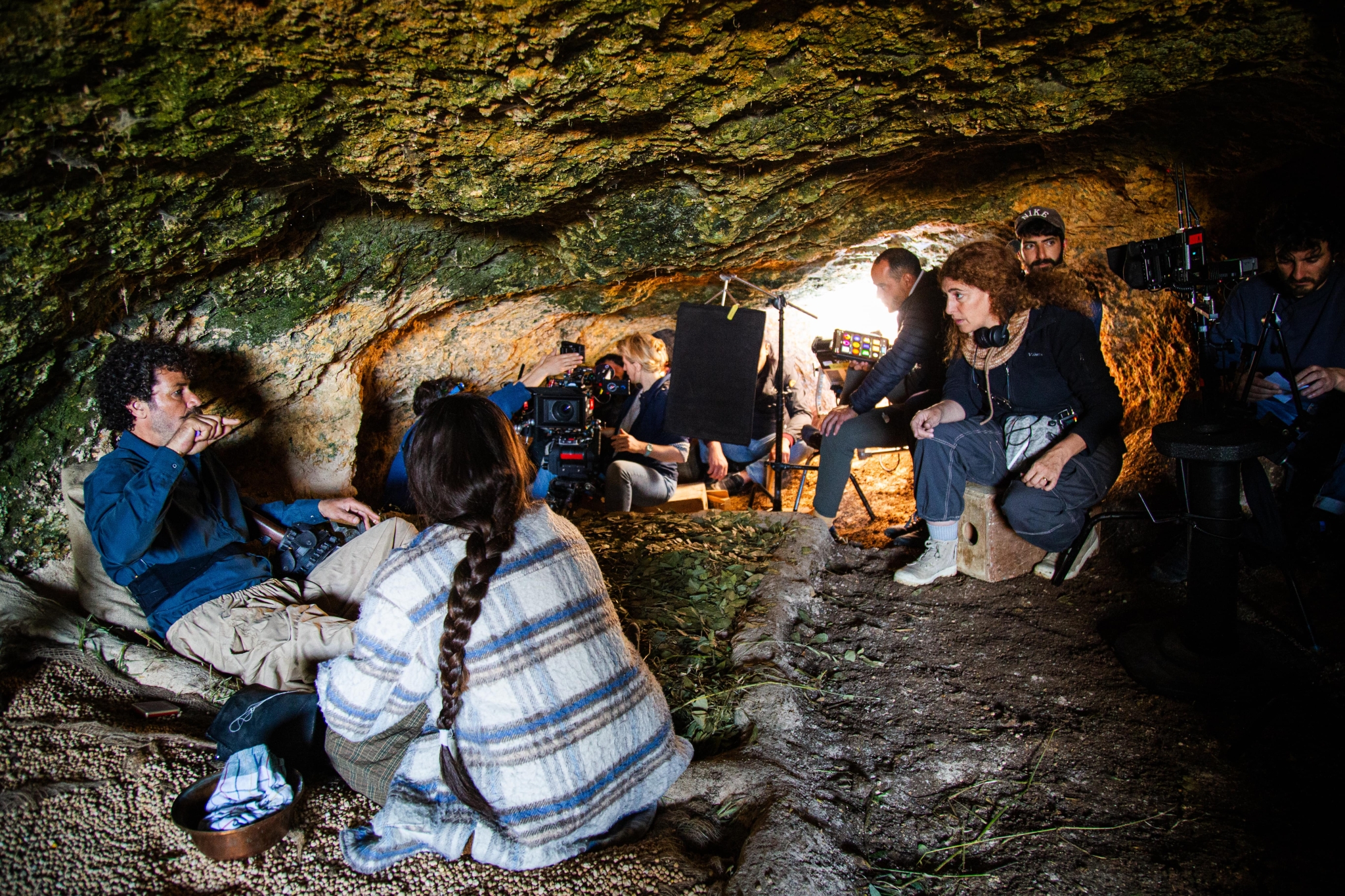
“Violence begets violence. This relationship with his father, everything that he witnesses… he just cannot bear it. It consumes him…his father gives him a lesson, ‘you will win if you endure’. And he can’t endure. I just think of his small body and what children are asked to endure, and the expectations that we put on them.”
Annemarie Jacir
“There are photographs of women fighters, women bearing arms alongside men in the villages, and that struck me. I was reading a lot about how women participated in the revolt,” Jacir relays. “Women actually used to be more involved. For example, women were such a central part of the first Intifada in 1987. For me, actually, 1936 is the first Intifada. As time went by, women were left out of the political process.”
The struggle has echoes of the role of women in Algeria’s fight for independence from brutal French rule—Algerian women would hide weapons under their dresses and head-coverings, safe under the naive French assumption that women were passive and oppressed in Muslim society and would never be able to take part in resistance. “I love what you said about Algeria,” remarks Jacir, “because there’s a lot of similarities. There’s been a lot written about how Palestinian and Algerian women’s roles in revolt have been pushed aside [in history]. When Rabab finds that gun, she’s part of that struggle, and when she holds that gun, we know it’s not the first time.”
Jacir and I speak about this kind of pan-Arab solidarity – in another scene, horsemen ride into a village and a central leader gives a moving speech to the falaheen (farmers) about a resistance movement across Iraq, Jordan, Lebanon, Egypt and Syria. “He is inspired by a figure who came from Syria,” Jacir tells me, “and he was very active against the French and the fight for independence. He’d crossed the border several times and brought his troops with him, and that’s when the revolt spread. In 1937, it became more of a pan-Arab movement.”
Jacir admits she finds his monologue “very sad. That’s the kind of [unifying] language we were using, and now everybody [in the region] has been isolated and cut up from each other. We were all dealing with the same thing, and we were very connected. We still are very deeply connected in that way, but [the cause] has been manipulated.”
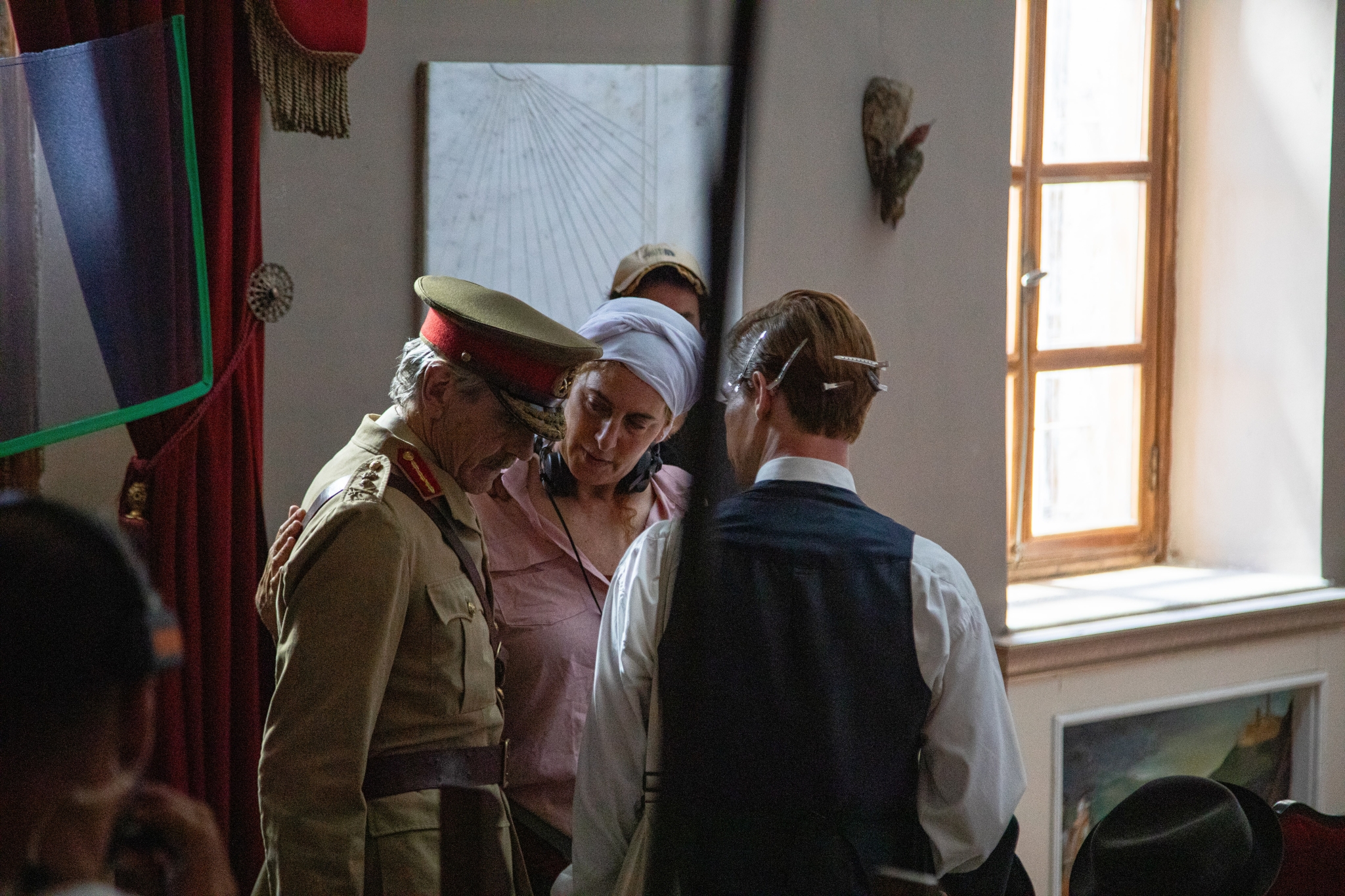
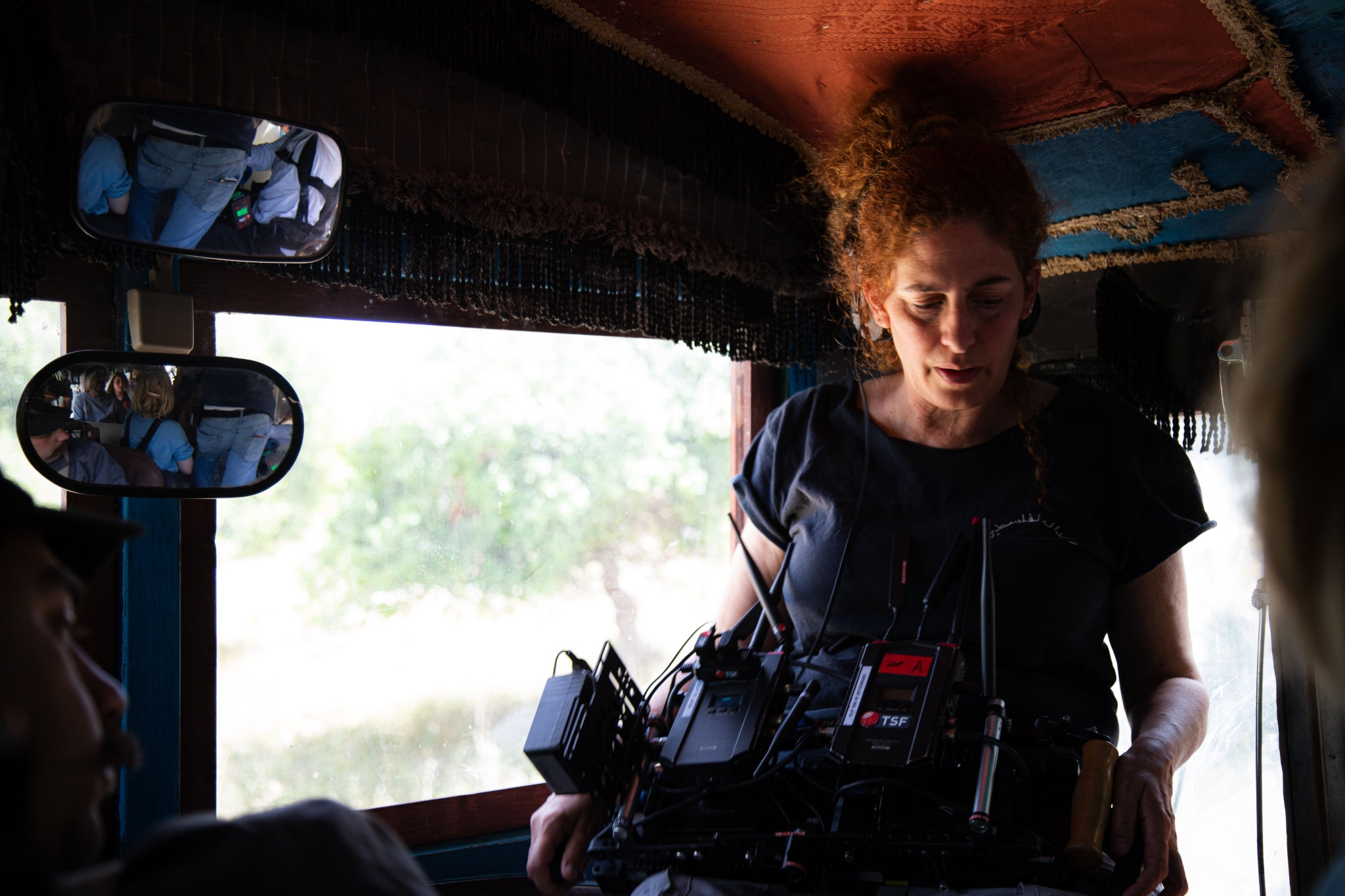
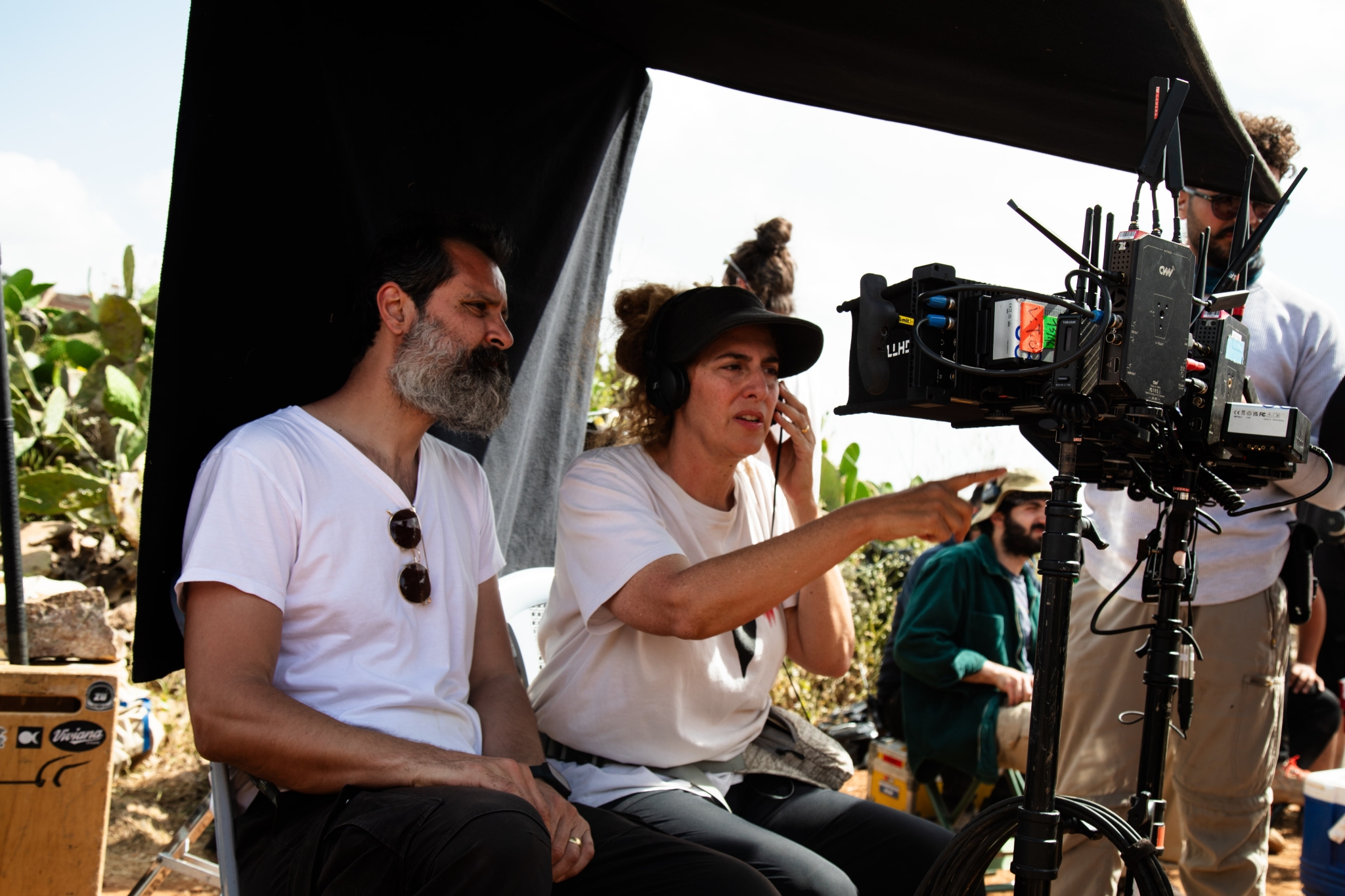
The film has several strong character arcs which reveal how acts of violence, but also of hope, create ripple effects felt across generations to come. Yusuf (Karim Daoud Anaya), the son of a Christian priest, bears witness to not only daily humiliation from British soldiers, such as a scene where they steal money from his father meant for the church, to unbearable horrors, such as the climactic and devastating scene near the end of the film which marks Yusuf’s loss of innocence and explains his actions at the film’s close. “Violence begets violence. This relationship with his father, everything that he witnesses… he just cannot bear it. It consumes him,” says Jacir. “His father gives him a lesson, ‘you will win if you endure’. And he can’t endure. I just think of his small body and what children are asked to endure, and the expectations that we put on them.”
Palestine 36’s strength lies in its legibility, in its stark illustration of British Imperialism and its explanation of how, 88 years later, the killing and destruction in Gaza that has shocked the world was made possible to begin with. In one scene, we see the King’s head on several stamps, from Jamaica to Uganda and India—Palestine 36 is therefore not just an urgent and timely archive of Palestinian and Arab history, but a connector of global liberation struggles, a universal ode to the right to a life marked not by fear but by dignity.

